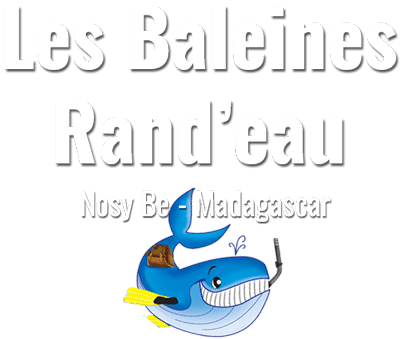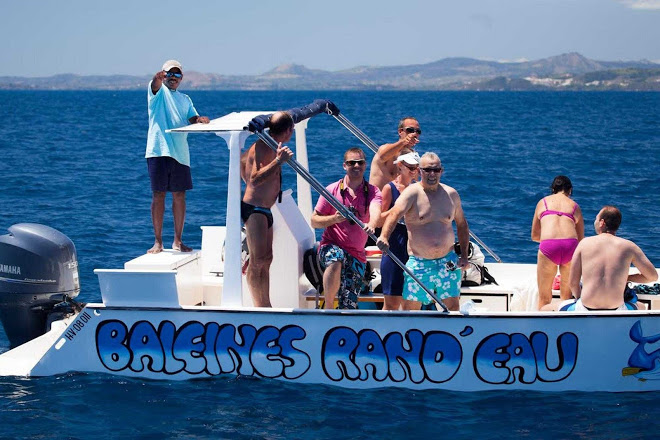Very present in Nosy Be, the pantropical spotted dolphin differs from other species of oceanic dolphins of similar size by its belly and spotted flanks. It is observed in groups ranging from 20 to more than 500 individuals. Like the long-billed dolphin, it is very playful and does not hesitate to come and surf around the boat and perform impressive jumps and spins! It is found in tropical and temperate waters around the world.
Pantropical spotted dolphin à Nosy Be

When can we see spotted dolphins at Nosy Be?
Spotted dolphins stay year round around Nosy Be, so it is possible to see them at each offshore excursions as during humpback whale excursions or during our one days trip or bivouac in Nosy Iranja.
What do they feed on?
Les dauphins tachetés se nourrissent d’une variété de poisson mais aussi de calmars ou de crustacés. Quand ils chassent en regroupant les bancs de poissons, les dauphins tachetés produisent des bulles avec leur évent, ce qui permet à la fois de créer un bruit effraya t pour les poissons et de les piéger dans une sorte de « filet de bulles ». Ils chassent parfois avec d’autres dauphins, des oiseaux ou des thons.
La journée est quant à elle divisée en trois phases distinctes – jeu, repos et reproduction – souvent sur le plateau continental. Ces phases s’enchainent et se répètent jusqu’au coucher du soleil.
How tall are they?
Spotted dolphins, like spinner dolphins, are small dolphins which measure on average 2 meters, and can weigh up to 120kg in adulthood.
How long can they stay underwater?
When hunting, at a shallow depth for this species, they can stay up to 7 minutes underwater…
Not bad, but nothing compared to other marine mammals like the sperm whale or the elephant seal, which can stay up to 30 minutes underwater and reach dizzying depths of over 1500 meters!
How do we differentiate long-billed dolphins from spotted dolphins?
These two cousins are very similar.
However, as their name suggests, spotted dolphins have small spots on the flank and on the belly, which spinner dolphins do not have. In addition, spotted dolphins have a dark gray flame, which extends from the eye to the dorsal fin.

